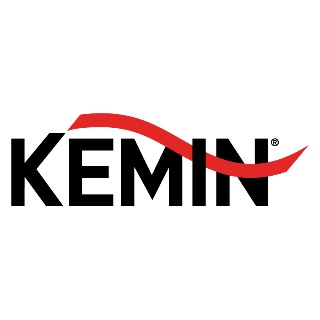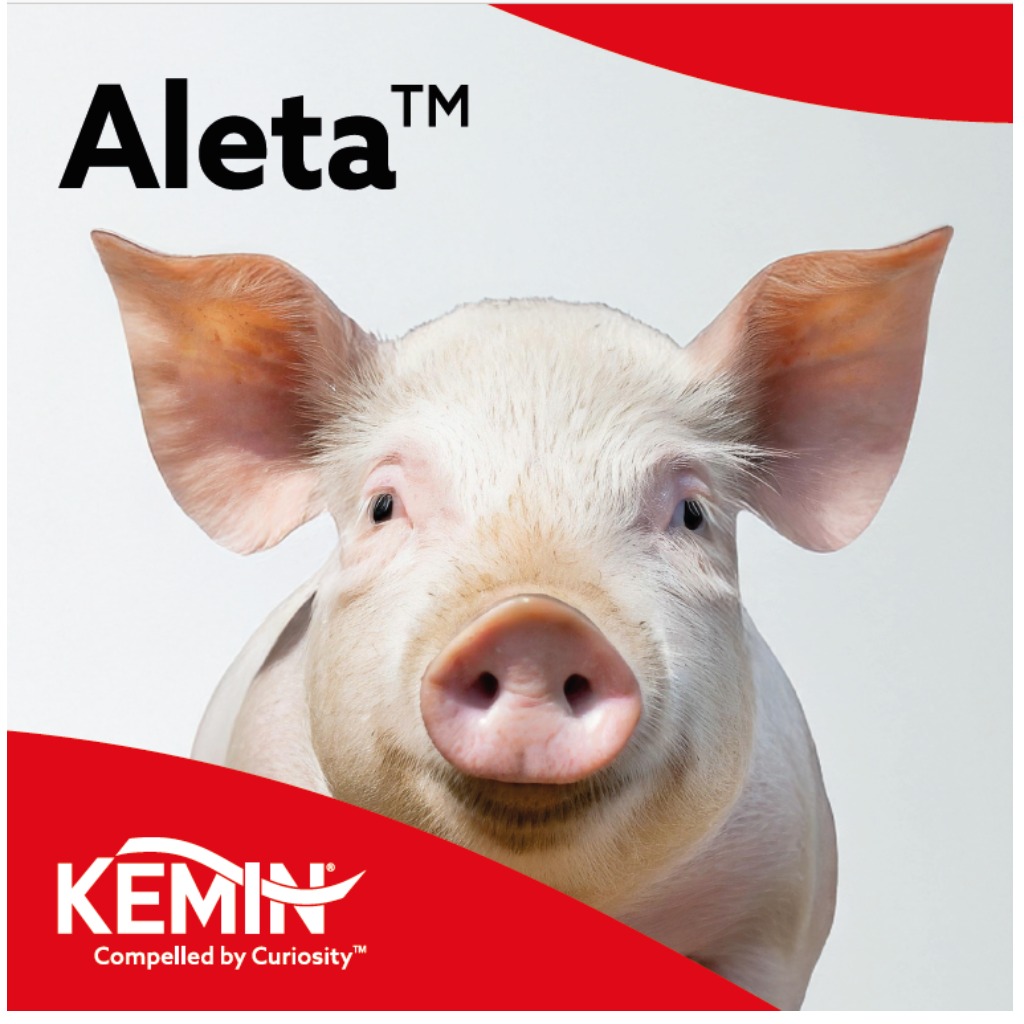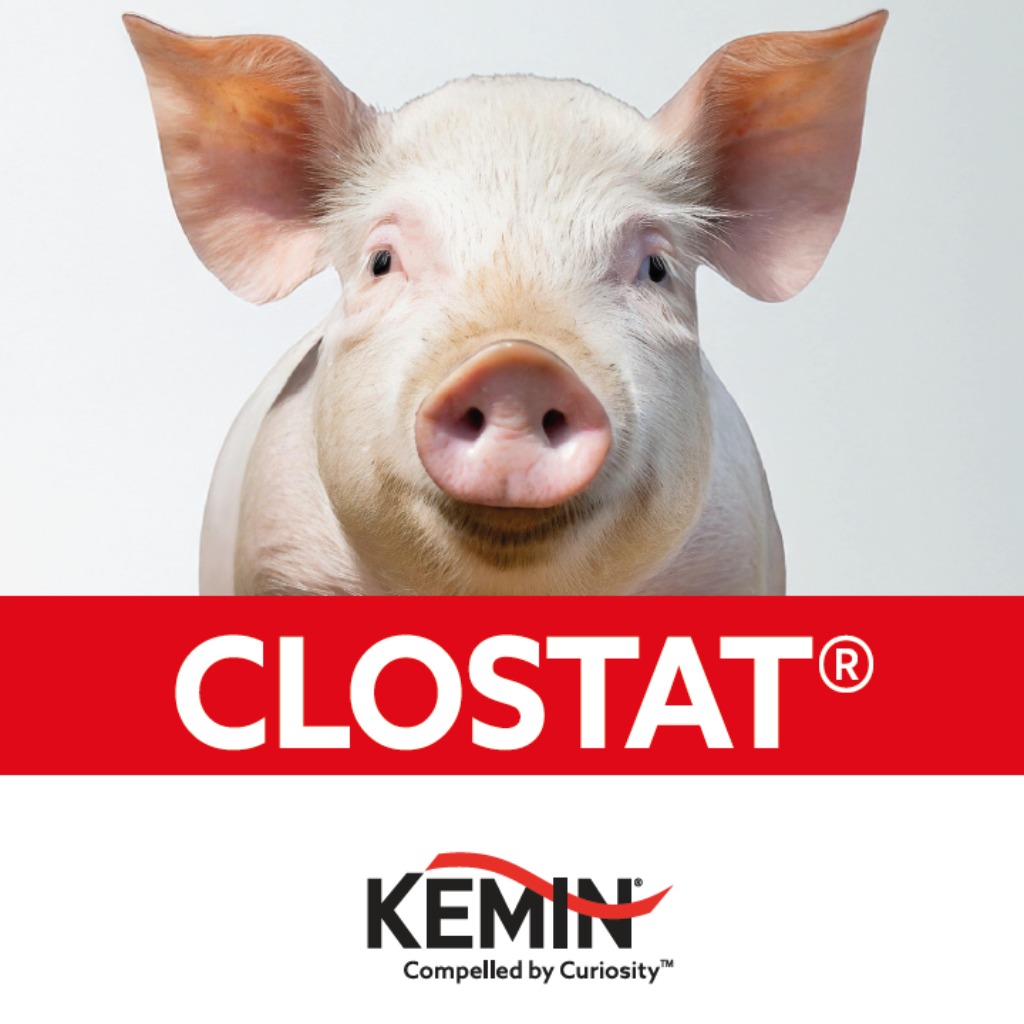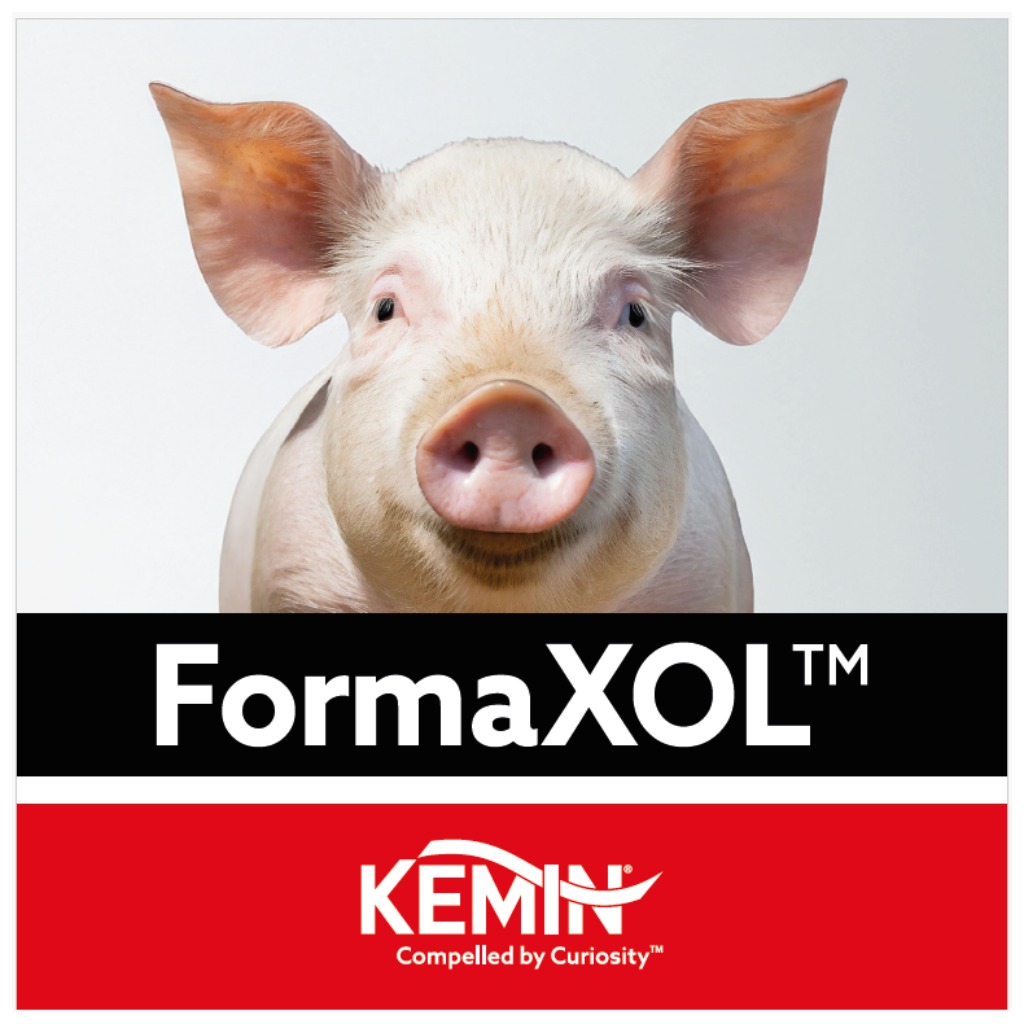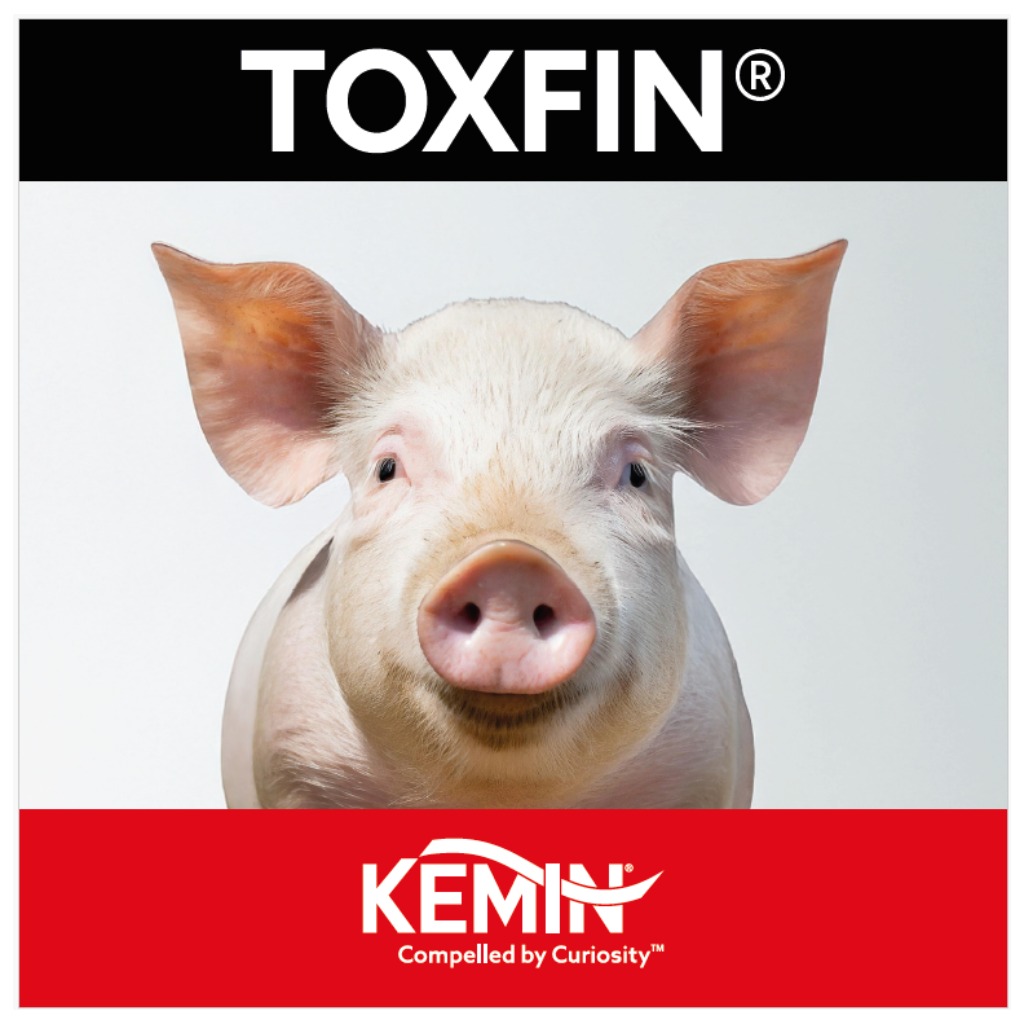Lipid Digestion in Pigs: Key insights
Fats and oils are among the most energy-dense ingredients in pig diets, providing more than twice the energy of carbohydrates or proteins. In high-performance production systems, they are essential for growth, reproduction, and feed efficiency. Yet their digestibility is complex, and a portion of the energy potential can be lost if digestion is incomplete. Understanding how pigs digest fats, and which factors influence this process, helps nutritionists optimize energy use and production outcomes.
How Pigs Digest Lipids
Fat digestion begins in the stomach, where mixing and gastric secretions reduce fat globules into smaller droplets. Real digestion, however, occurs in the small intestine. In the duodenum, bile salts emulsify fats into fine droplets, creating the surface area needed for enzymatic action. The pancreas then secretes lipase, which hydrolyzes triglycerides into free fatty acids and monoglycerides. These combine with bile salts to form micelles, which cross the intestinal wall. Inside intestinal cells, fatty acids are re-assembled into triglycerides, packaged into chylomicrons, and transported via the lymphatic system into the bloodstream.
Factors Influencing Digestibility
- Fat source: Vegetable oils such as soybean or rapeseed oil are generally more digestible than animal fats like tallow or lard.
- Fatty acid profile: Unsaturated fats are absorbed more efficiently than saturated fats.
- Age of the pig: Young pigs secrete less bile and lipase, making fat digestion more challenging.
- Feed processing: Heat treatment, fat quality, and the use of emulsifiers can improve digestibility and consistency.
Why It Matters
Optimizing lipid digestion brings clear benefits: more efficient energy utilization, improved feed conversion ratio (FCR), faster and more consistent growth, and reduced feed costs—particularly important given the high price of fat sources.
Final Thought
Fat is one of the most valuable yet complex nutrients in pig nutrition. Its digestibility depends not only on the type of fat but also on the pig’s physiology and the way diets are formulated. By improving lipid digestibility, producers can unlock the full energy potential of fats, supporting growth, efficiency, and profitability in modern pig production.
Kontakt:
Kontaktieren Sie uns über das folgende Formular.

